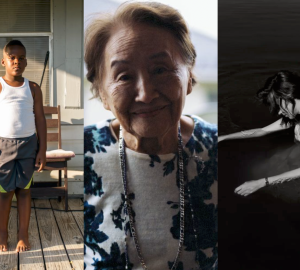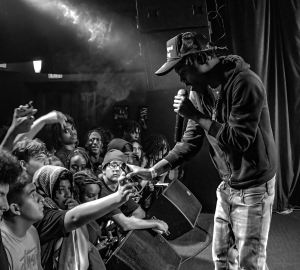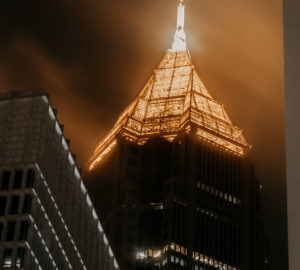Looking back at my first experience with a pinhole camera
The very first camera I picked up and used in a class was a pinhole camera. I remember crafting one out of a Quaker Oats can, like most people do when starting pinhole work. That class was, as I recall it, the beginning of my journey as a photographer. Without it, it’d be somewhere else doing something different.
Small world that my first photo class was a pinhole class. Pinhole photography is the beginning, rudimentary technique of taking a photograph. To me, it is pure. A pinhole camera, as the name says, is a box with a pinhole. By pricking a piece of thin metal with a sewing pin and tacking the metal to a larger hole in a light tight box, a camera can be created. It is that simple. The pin-size lens is covered with some black tape to act as a shutter.
All one needs after that is something light sensitive— paper or film.
The way a pinhole works is very simple, as simple as it is to make one. When the camera is loaded with paper or film, and the camera set up and is ready to be used, take off whatever is used to cover the pinhole lens. I used black tape with my handmade ones. This is equivalent to opening the shutter on any other camera. To close it, just put the tape back on. Exposure times can range from 15 seconds to whole days. It all depends on lighting and how sensitive your film or paper is. During the exposure, light comes into the camera much like how it goes in an eye. It twists through the pinhole and is projected onto whatever is there to catch the light (paper or film). But because there is no mirrors inside the camera, the image will be shot upside down, backwards and inverted. The term for what happens inside a pine hole and inside any other camera is called a camera obscura. To experience what happens inside the camera, a room can be turned into a camera obscura. Cover up all windows with black tarp, and on one window across from a blank wall cut a hole the diameter of a thumb into one tarp. Sit for about 30 minutes in the room and start to see an image of what is happening outside appear on the wall upside down. Wait longer to start to see color.
There have been two people in my life who taught me the art of pinhole photography. The first is Ralph Howel. He was my high school photography teacher. Being the most enthusiastic person I’ve ever met, Ralph left a great impression on my career as a photographer. Building cameras and shooting with them became more of a passion and less of a hobby when I entered his class as a sophomore. He has created work with pinhole cameras that I still cannot wrap my head around. They look so perfect for a photograph taken with a mirrorless handmade camera.
The second person was Melanie Rush-Davis, consisted the Pinhole Queen of San Antonio. She was the instructor for the very first photo class. It was a summer program in
Melanie is gone now, taken by sickness. Her memorial was at the beginning of this month, and it brought some emotions with it that I understand as a person but not as a photographer. The catalyst for my career and love of photography is gone. It breaks my heart in a way I am still trying to fully get. I’ve had the honor of receiving some of her cameras from her husband. The first one is a wooden pinhole that uses a 4×5 film holder. The second one is a handmade pinhole named Aubrey. The third is a Banner toy camera that takes
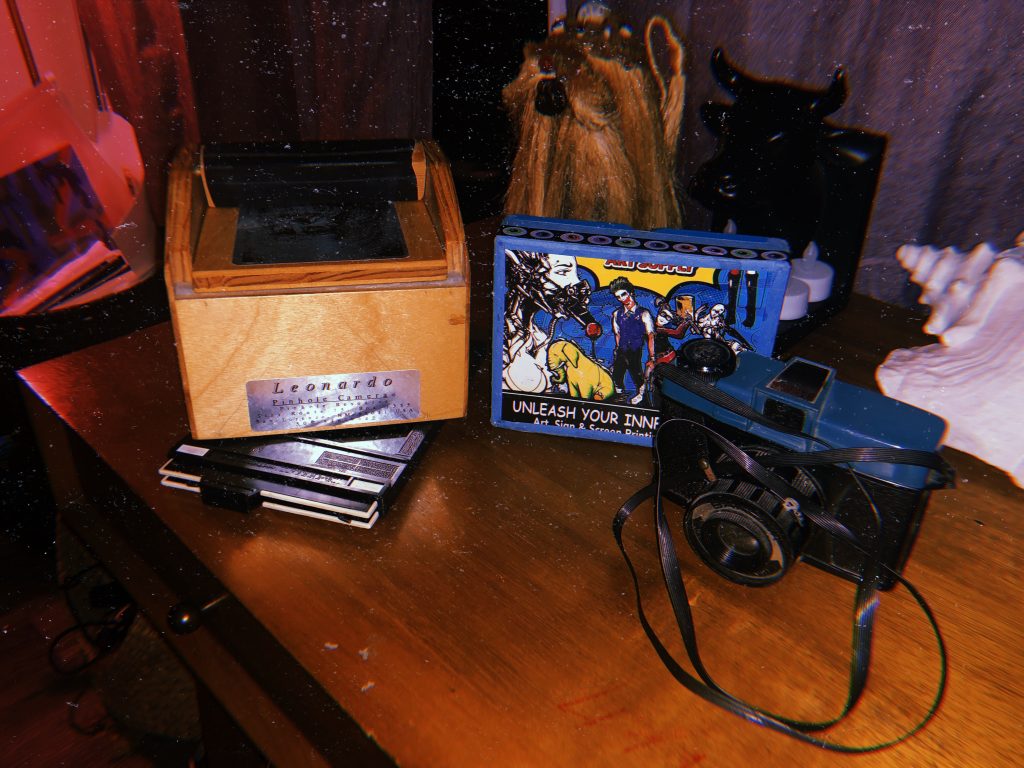
Both of these people inspired me to work more with pinhole than what I have in a long time. I made my own for a final project in the spring quarter of this year and made 30 small pinhole pictures using paper negatives. A paper negative is much like a film strip where the image is inverted, but one image has one negative taken on paper. The process took me a long time, with so much trial and error that I nearly went insane, but it was worth it. Below are images of my cameras and some of the
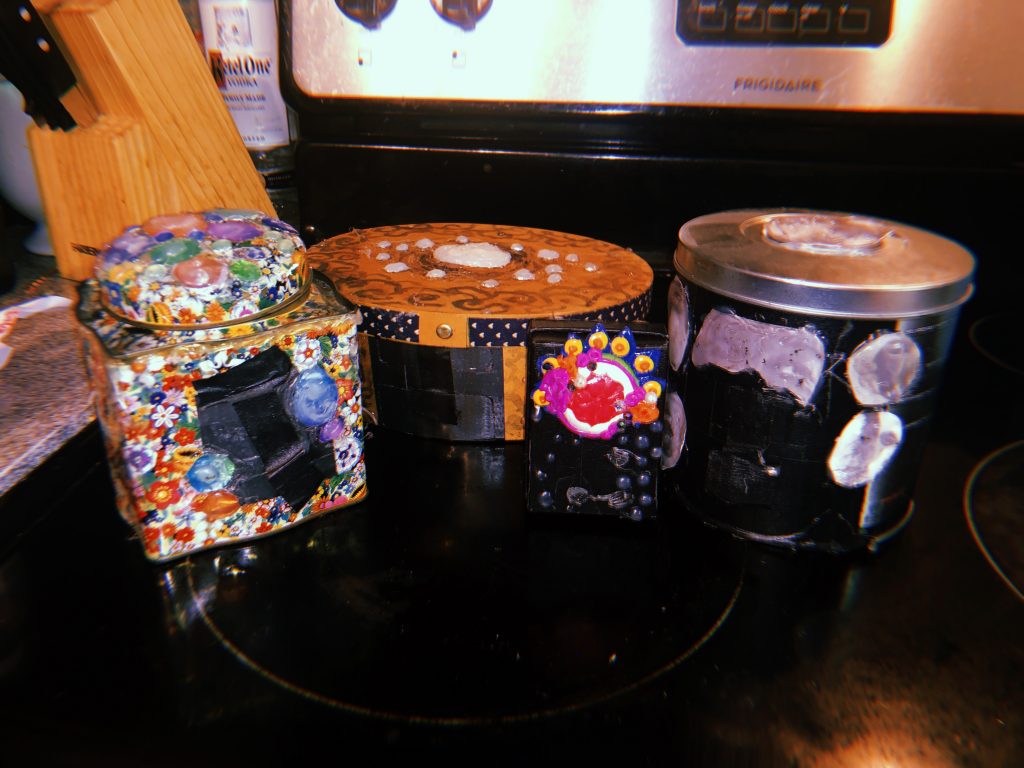

Nothing more than a box and some light can do the trick. Nothing fancy or expensive is needed to experience photography for what it is. A photographer who has not worked with pinhole before needs to do so before they continue making pictures. Without knowing pinhole, one can never know photography in its own truth.

























